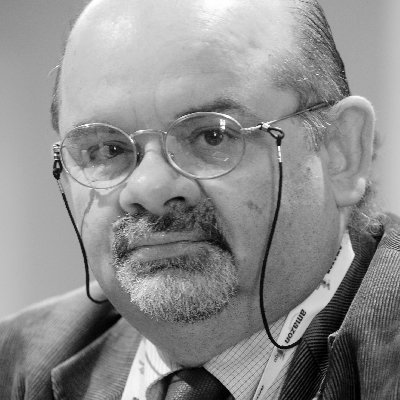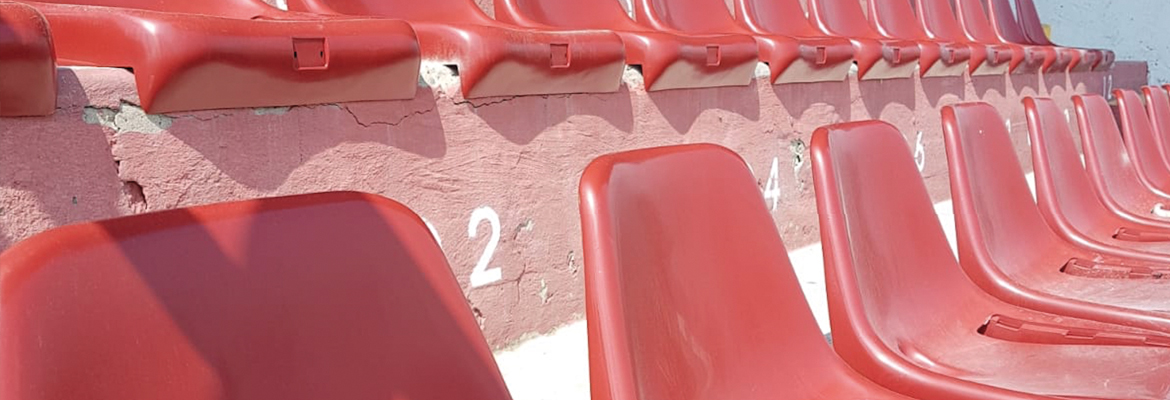Supporting your favourite team with an eye to sustainability and recycling. This has now become a reality for the fans of US Pontedera, a team that plays in Lega Pro, the third tier of Italian football. It is a world first: seats made from recycled and recyclable plastic have been installed at the Manucci stadium, Pontedera’s home ground. These objects have a special story. The introduction of recycled plastic to a football stadium happened thanks to the Management Institute at Scuola Superiore Sant’Anna, a research university in Pisa. The Institute is responsible for the “Life Tackle” project, which focuses on the environmental sustainability of footballing events, and Revet was invited to take part in the initiative. Thanks to this project, the Manucci stadium now has 3,000 sustainable seats.
Diego Barsotti – Communications Manager at Revet – explained to Renewable Matter that “40% of the seats’ material is derived from recycled plastic, obtained from plasmix granules. In contrast to other products – where recycled plastic can make up 100% of the material – in this case the percentage is lower because the seats need to abide by FIFA’s V2 European regulations. These are especially strict, for example, when it comes to flammability, so for this reason flame retardants had to be added.” Stadium seats have to conform to a series of regulations to do with the fact that they are used in an environment where a large number of people are present.
“Limited” Recycling
Stopping at 40% of recycled material may seem like a defeat, but if the issue of stadium seats are examined further it becomes clear that, in terms of industrial processes, this really is a victory. Let us see how. In a “normal” production process for plastic objects an almost infinite number of polymers and compositions can be combined to obtain the desired characteristics needed for the product. This cannot happen for recycled plastics because they are derived from just six types of recyclable polymers, and almost exclusively from packaging materials. And the difference between food packaging and a stadium seat is undeniable, both in terms of material type and functionality. Therefore, certain steps need to be taken to get from the physical stage of packaging/waste to becoming a seat. In order to achieve this transformation, Revet had to develop a commercial relationship with Omsi, a Bologna-based company that is involved in the production of seating for sports venues. Products made from virgin plastic were analysed and this information was used to create a compound that satisfies the needs of the final product. Creating blends that are derived from recycling and are suitable for finished products is one of Revet’s specialities. The process starts by recycling the polyethylene component of plasmix, the most numerous and inter-compatible family of polymers, namely: polypropylene and high- and low-density polyethylene. Depending on how these three polymers are mixed, different granules – suited to different purposes – can be obtained. This type of methodology had already been perfected to create recycled plastic roof tiles, which need high-quality performance for extended periods of time in adverse conditions. These characteristics can be obtained precisely thanks to the accurate dosage of different components at the exit point of the recycling process.
This is a sort of customisation of granules for the needs of the final client. And it is no small matter. It is one thing to talk about industrial symbiosis on paper, but it is a whole different thing to actually achieve it. In fact, in this case, it is necessary for the supplier of the recycled material to have knowledge of the productive process – for example, recycled plastics perform well with injection moulding and less well with other methods – as well as of the product’s final destination. Something which is surprisingly uncommon.
“The use of seats containing recycled plastic is a crowning achievement for Revet and its Research & Development team, which certifies the extremely high quality of our granule,” states Livio Giannotti, President of Revet. “Now we are working towards reducing the product’s cost per unit, so as to make the final product competitive (economically as well as environmentally) when compared with the one made from 100% virgin plastic, which has the advantage of global economies of scale.”
Circular Seats
This experience, however, is also a “field” test for the use of recycled plastics in “extreme” situations. This takes into account that the circularity of the production inputs, meaning the flow of material from domestic recycling to finished product, is added to the circularity of the object itself. In fact, stadium seats have an average lifespan that is shorter than one might imagine because they are often vandalised and thus need to be substituted earlier than their planned end-of-life point. There is an almost constant turnover for these seats, which creates a market of considerable proportions. The turnover has the potential to generate an additional circular process: the plastic from the seat that’s being replaced can be reused to create new stadium seats.
“It’s a secondary raw material that can be reused exclusively for more seats, because of the added components – such as flame retardants – that were added the first time round to satisfy the specific needs of the final product,” Barsotti continues. “Therefore, the product can be reused only and exclusively to make the same product. In this case, reuse metrics are very high – around 95% – because apart from minor losses of material in the recycling process, all the necessary ‘ingredients’ are already present. We are talking about a type of use that has a high resonance, like everything that involves football,” Barsotti concludes. “Once the news was out, we were contacted by many stadiums, even at the international level, because these seats are an important piece in the puzzle of making stadiums more sustainable.”
The methodology employed in this case can be used profitably in many sectors. Revet itself, in the past, used the same system to produce accessories for scooters. The next objective could be the use of high-quality recycled primary and secondary materials for home furnishings, which could open up a sizeable market for these circular materials.
Life Tackle, https://lifetackle.eu
Revet, www.revet.com/it



